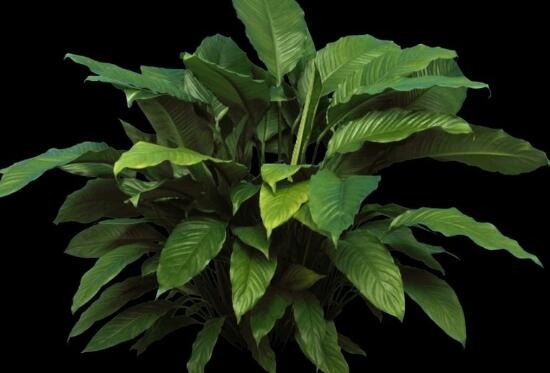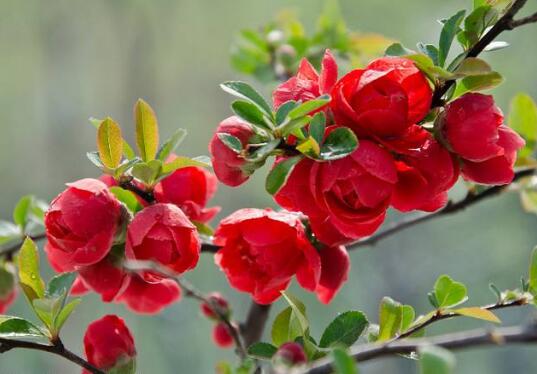Notice of planting.
Poria cocos belongs to the family Polyporaceae, which is a kind of fungal medicine. Poria cocos is mainly used for the treatment of edema, oliguria, spleen deficiency, poor appetite, restlessness, insomnia and other symptoms, with diuresis, spleen, calming effect. And Poria cocos are also widely planted in China, and now the main producing areas are Yunnan, Anhui, Hubei and other places. So what do Poria cocos need to pay attention to when planting? Next, let's take a look at the precautions for its planting.

1. Temperature
Poria cocos on the requirements of planting temperature is very strict, a little attention, it may affect the growth of mycelium. Generally speaking, the best temperature for Poria cocos germination is about 22 degrees Celsius. When the temperature is about 15 to 35 degrees Celsius, the mycelium of Poria cocos can grow. But the most suitable temperature for mycelium growth is between 23 and 28 degrees Celsius. When the temperature is below five degrees Celsius, the growth rate of mycelium decreases rapidly, and when the temperature reaches zero degrees, it will no longer grow. Of course, if the temperature is too high, it will also affect the growth and development of mycelium.
2. Humidity
During the growth and development of Poria cocos mycelium, the humidity of the planting site is relatively high. In general, in the process of mycelium growth and development, we should keep it dry, but not too dry. The humidity in the air should be kept at about 40%. Secondly, after the mycelium grew slowly, the humidity of the soil was maintained at about 30%, and the humidity in the air was maintained at about 75%, and then, after the mycelium sclerotia, the humidity of the planting land was about 60%.
3. Nutrients
The growth of Poria cocos mycelium needs sufficient nutrients, and its growth nutrients mainly rely on pine wood, then we need to prepare pine wood, and then do a good job of tree tree and section wood. The second is to prepare forage and nourishment configuration. Finally, we should pay attention to that after preparing the nourishment, we should sprinkle a layer of termites on the ground of Arkin so as not to be damaged by termites. At the same time, it can not be planted until there is no turpentine at both ends of the pine.
4. Lighting
In the early stages of Poria cocos growth, there is generally no need for sunlight, so when we choose a place, we have to choose a backlit place, or build a sunshade. But this does not take its growth does not need sunlight, so wait until the completion of Poria cocos mycelium development, will slowly enhance the light, but can not directly use strong light.
The above are the most common problems in the process of Poria cocos cultivation, and they are also places that we need to pay special attention to in the process of planting Poria cocos. If we do not pay attention to these problems, then planting Poria cocos is likely to fail. That's all for the editor's sharing today. If you have any other questions, please remember to contact the editor and leave a message for the editor.
- Prev

The efficacy and role of Guangdong Evergreen, leaves wide ornamental strong/medicinal can cure all diseases
For Guangdong Evergreen, flower friends are certainly no stranger, its leaves are wide and green, and extremely tolerant of shade, very suitable for indoor cultivation. In life, there are many people who raise Guangdong Evergreen, most of them because it looks good. However, if you think that Evergreen is only good-looking, it is too underestimated.
- Next

Long-lived begonia leaves yellowing how to do, thin fertilizer frequently applied / control moisture / light should not be too strong
Long-lived begonia is a highly ornamental plant, which can be seen in many parts of our country. However, even if the ornamental plants have yellowing leaves, it will affect their overall aesthetic sense. About longevity begonia leaves yellowing how to do? Next, the editor will take you to learn about it.
Related
- Fuxing push coffee new agricultural production and marketing class: lack of small-scale processing plants
- Jujube rice field leisure farm deep ploughing Yilan for five years to create a space for organic food and play
- Nongyu Farm-A trial of organic papaya for brave women with advanced technology
- Four points for attention in the prevention and control of diseases and insect pests of edible fungi
- How to add nutrient solution to Edible Fungi
- Is there any good way to control edible fungus mites?
- Open Inoculation Technology of Edible Fungi
- Is there any clever way to use fertilizer for edible fungus in winter?
- What agents are used to kill the pathogens of edible fungi in the mushroom shed?
- Rapid drying of Edible Fungi

